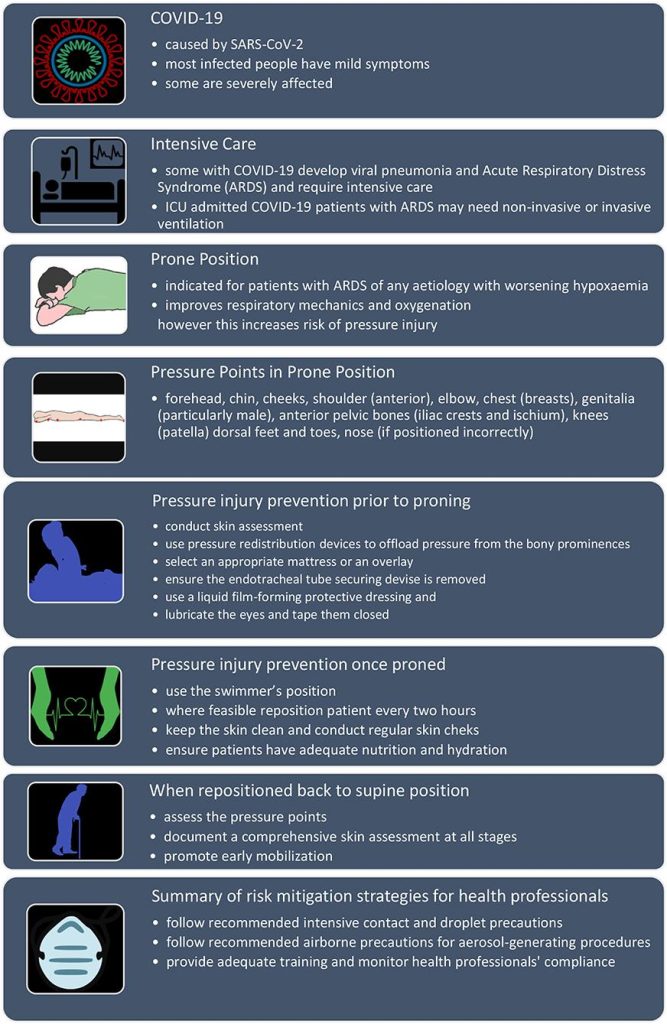When it comes to healthcare, the well-being of patients is always the top priority. But even with the best intentions, mistakes can happen—sometimes leading to injury and, unfortunately, patient injury claims. The good news? Many of these claims can be prevented with a few simple, friendly tips that promote safety, clear communication, and trust. In this post, we’ll walk you through practical steps that healthcare providers can take to minimize risks and create a positive, secure environment for everyone involved. Whether you’re a nurse, doctor, or part of the support team, these easy-to-follow strategies can make a world of difference in preventing injuries and building stronger patient relationships. Let’s dive in!
Table of Contents
- Understanding Common Causes of Patient Injuries and How to Avoid Them
- Building Strong Communication with Patients for Better Outcomes
- Creating a Culture of Safety through Team Training and Continuous Improvement
- Using Patient Feedback to Identify Risks and Enhance Care Practices
- The Way Forward
Understanding Common Causes of Patient Injuries and How to Avoid Them
Patient injuries often stem from a few predictable factors, and understanding these can be a game-changer in creating a safer healthcare environment. Communication breakdowns top the list—misunderstandings between healthcare providers and patients can lead to incorrect medication doses or unrecognized allergies. Another significant cause is inadequate training or supervision, where staff may not be fully prepared to handle specific medical procedures or emergencies. Additionally, equipment failures or the use of outdated technology can directly compromise patient safety.
To effectively minimize risks, adopting simple yet powerful strategies can make a world of difference. Emphasizing clear, concise communication among all team members and patients helps prevent errors before they happen. Regularly updating staff training programs ensures everyone is confident and competent in the latest protocols. Don’t forget the importance of performing routine equipment checks and maintenance to catch potential issues early. Remember, creating a culture of safety where everyone feels responsible and empowered is key to reducing patient injuries and avoiding claims.
Building Strong Communication with Patients for Better Outcomes
Establishing a genuine connection with patients starts with active listening. When healthcare providers take the time to understand a patient’s concerns without interruptions, it fosters trust and openness. Using simple, clear language rather than medical jargon ensures patients feel informed and empowered in their care journey. Remember, empathy is key—acknowledging fears and validating feelings can make all the difference in reducing misunderstandings and preventing unnecessary claims.
To boost communication effectiveness, consider integrating these friendly practices:
- Encourage patients to ask questions and express their worries freely.
- Summarize and repeat key points to confirm mutual understanding.
- Use visual aids or written instructions for complex treatments.
- Follow up with patients after appointments to check on progress.
Consistently nurturing a transparent dialogue not only improves health outcomes but also builds a supportive environment where patients feel cared for and safe.
Creating a Culture of Safety through Team Training and Continuous Improvement
Building a robust safety environment starts with empowering every team member through regular, hands-on training. By incorporating interactive workshops and scenario-based exercises, you not only enhance skills but also boost confidence across the board. Encourage open communication where staff feel comfortable sharing concerns without fear of judgment. This open dialogue nurtures proactive problem-solving and creates a shared sense of ownership in maintaining patient safety.
Consider integrating these strategies:
- Monthly safety briefings that highlight recent challenges and successes
- Peer observation programs to provide constructive feedback in real time
- Continuous learning modules accessible online for flexible development
Adopting a mindset of continuous improvement means consistently evaluating processes and outcomes. Celebrate small wins and analyze near misses with your team to uncover valuable insights. A culture that thrives on learning cultivates resilience and reduces patient injury claims by fostering attentiveness and accountability every step of the way.
Using Patient Feedback to Identify Risks and Enhance Care Practices
One of the most effective ways to safeguard patients and minimize injury claims is by actively listening to their experiences. Patient feedback acts as a real-time pulse check on the care environment, highlighting hidden risks before they escalate. Encouraging open dialogue not only empowers patients but also helps healthcare providers uncover patterns that might otherwise go unnoticed. By routinely collecting and analyzing feedback, teams can identify areas such as miscommunication, procedural delays, or discomfort that impact the overall quality of care.
To make the most out of patient insights, consider integrating simple yet powerful practices:
- Anonymous surveys: Create a safe space for honest opinions without fear of judgment.
- Feedback kiosks or digital tools: Easy-to-access options increase response rates and real-time monitoring.
- Regular patient debrief sessions: Encourage conversations that dig deeper into lived experiences.
- Staff training: Use feedback to educate your team about risks and patient-centered communication.
Embracing this approach fosters a culture of continuous improvement and proactive care, ultimately enhancing safety standards and nurturing trust in the patient-provider relationship.
The Way Forward
And there you have it—simple, friendly tips that can make a big difference in preventing patient injury claims. Keeping communication clear, staying attentive, and fostering a culture of safety not only protects your patients but also strengthens trust and peace of mind for everyone involved. Remember, it’s all about creating a caring environment where patients feel valued and safe. Thanks for reading, and here’s to healthier, happier patient experiences ahead!






